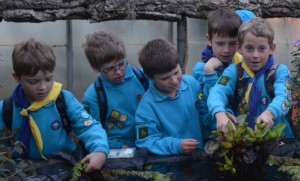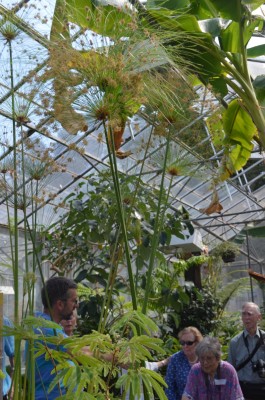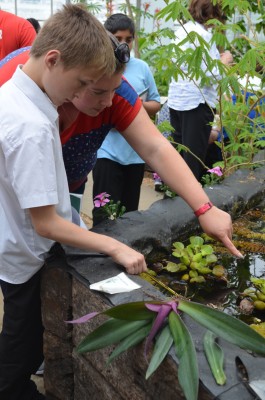You are probably familiar with Amorphophallus titanum, the titan arum, which has the largest unbranched inflorescence in the world, but do you know about its smaller, red tongued sibling Amorphophallus konjac?
Family Description
A. konjac is a member of the Araceae family (Arum and Duckweed family) within the order Alismatales. Araceae consists of perennial and mostly terrestrial herbs, with some that are aquatic. Distinct features that help indentify members of this monocotyledonous family include bifacial leaves with parallel or netted venation. The inflorescence is a usually fleshy spadix consisting of many small flowers with a subtending, sometimes colorful, sheathing bract referred to as a spathe. Raphides and laticifers are both common. They also tend to have endospermous seeds.[i] Continue reading











